Jay Sugarman on Reinventing the Ground-Lease Business
iStar and Safehold Chairman & CEO Jay Sugarman on how the modern ground lease can serve as a great way to access low-cost, long-term capital.
In 2017, iStar founded Safehold, a publicly traded REIT that originates and invests in ground leases. The REIT’s unique capital solution aims to deliver increased returns in comparison with traditional financing solutions.
“Low cost, no-maturity capital with limited constraints is attractive in any market,” iStar and Safehold Chairman & CEO Jay Sugarman told Commercial Property Executive. In the discussion below, Sugarman shares the complexities of the REIT’s “modern” ground lease—still a new product—and how he expects this new approach to revolutionize real estate ownership.
READ ALSO: Finding Durable Investments in Volatile Times
Safehold had an especially great 2019, posting the strongest returns among REITs that year. Given the challenges generated by the pandemic, how did Safehold’s plans for 2020 unfold?
Sugarman: Like everyone else, we look forward to seeing the COVID-19 nightmare end and life getting back to normal. But despite the pandemic, 2020 was another very strong year for Safehold. Our low-risk ground lease positions continued to pay their rent, our earnings grew materially, and our share price was again a top performer for shareholders. We continue to believe we are just at the beginning of the modern ground lease revolution and will continue to help customers utilize the low-cost capital we can provide in as many ways as possible.
How is Safehold changing the traditional ownership structure and what is the REIT looking for in an investment?
Sugarman: For many decades, corporations have been using net leases to separate the operating component of their businesses from the passive real estate assets they use to run them. This has proven to be a far more efficient and lower-cost way to access capital since investors will pay more for each of those components individually than they will when they are stuck together.
We are making that same efficiency available to all commercial real estate owners for the first time by offering a value-creating, customer-friendly ground-lease platform that can separate the operating component of their business—the building—from the passive real estate asset—the land. We can pay a higher price for the land component of their property while they generate higher returns with less maturity risk on the building component.
How does the “modern” ground lease differ from the traditional lease?
Sugarman: The key to the modern ground lease is that it is properly sized and properly structured to optimize the benefits to the building owner. Traditional ground leases often ignored the building owner’s and leasehold lender’s needs and had provisions that simply destroyed rather than enhanced the building’s value. As a long-time lender to the commercial real estate industry and a large buyer and seller of buildings across all major asset types, we were perfectly positioned to create the modern ground lease and demonstrate how value-enhancing a properly sized and structured ground lease can be for building owners and how it can help them achieve their return goals.
Relative to traditional financing options, how do Safehold’s ground leases serve as a valuable alternative source of capital?
Sugarman: Low-cost, no-maturity capital with limited constraints is attractive in any market. But particularly when markets get stressed, the capital efficiency, cost efficiency and risk reduction created by doing a Safehold ground lease becomes even more valuable. Debt coming due is always the most vulnerable moment for a property owner, so using a 99-year ground lease to eliminate half that risk is gaining increasing interest from owners.
Given the current economic context, are ground leases a suitable option to fund capital requirements? How do ground leases impact liquidity?
Sugarman: Ground leases can be a great way to access low-cost, long-term capital to make major improvements to a property. Compared to other alternatives, oftentimes the combined capital structure is at a lower cost with less maturity risk than any other capital solution.
A good, well-structured and properly sized ground lease will not impact liquidity when a building owner goes to sell. A ground lease that is too large or has fair market value reset provisions—or any other inappropriate provisions—is another matter and is the reason ground leases never became the tool they should have become. Safehold is a permanent life vehicle, is constantly working with building owners all over the country and continues to find ways to help unlock value and make the modern ground lease an important part of the real estate industry.
READ ALSO: Into the Unknown in the Capital Markets
Which markets has Safehold targeted so far?
Sugarman: We focus on the Top 30 markets, where the largest real estate properties are typically located. We focus on most major property types and recently completed multifamily deals in Seattle, Washington, D.C., Nashville, Tenn., and Philadelphia and have seen the multifamily sector’s interest in ground leases expand pretty dramatically.
What’s in store for this new type of ground lease and how do you expect it to shape the capital markets going forward?
Sugarman: Modern ground leases are here to stay—they offer compelling benefits to property owners, developers and landowners. But as I said earlier, we are still in the early innings of this reinvented ground lease, and you will see Safehold continue to innovate and drive value to our customers. We’re targeting a $7 trillion market, so there’s a lot of opportunity ahead.



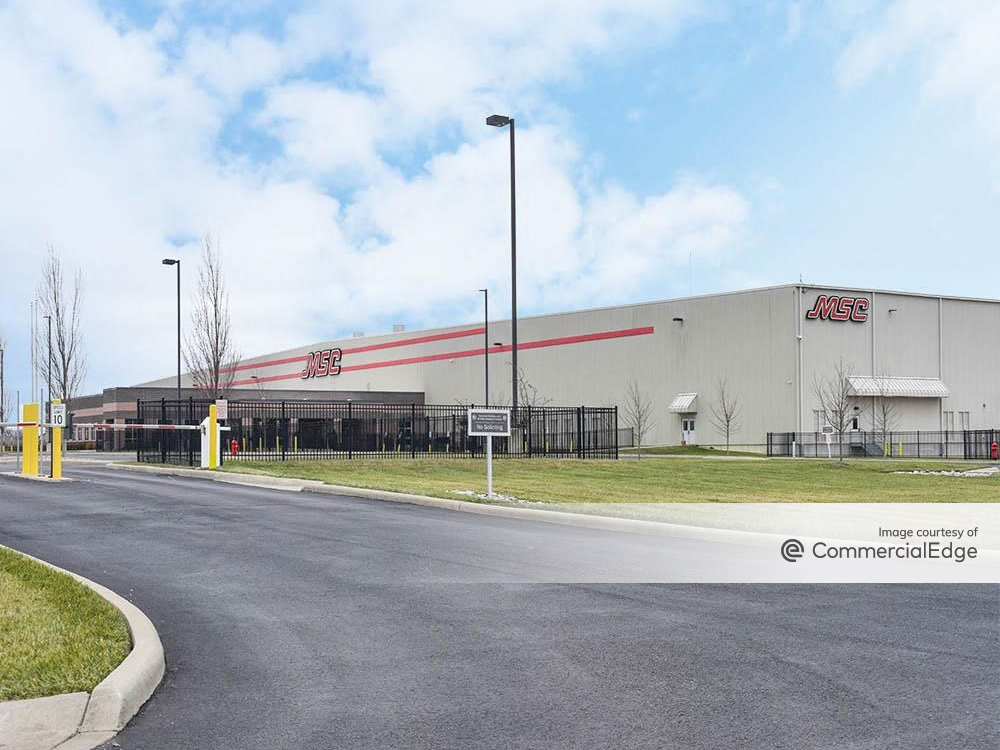
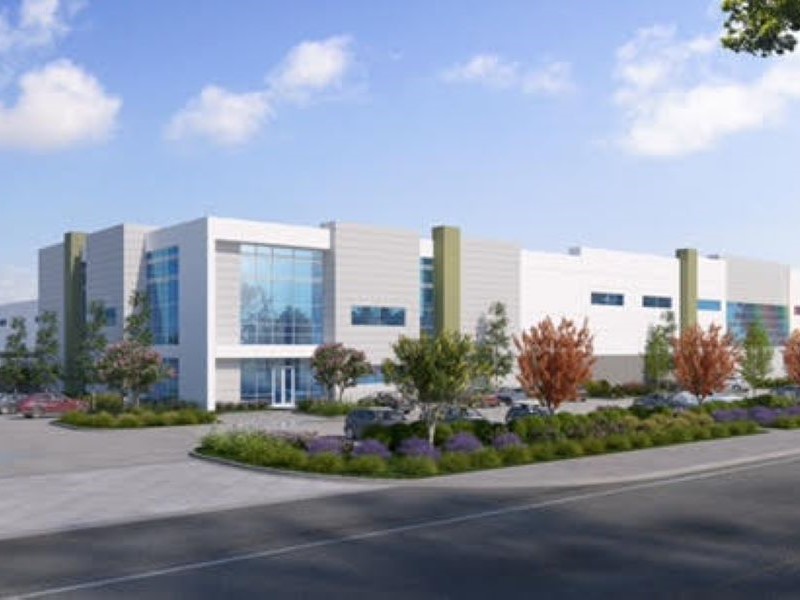
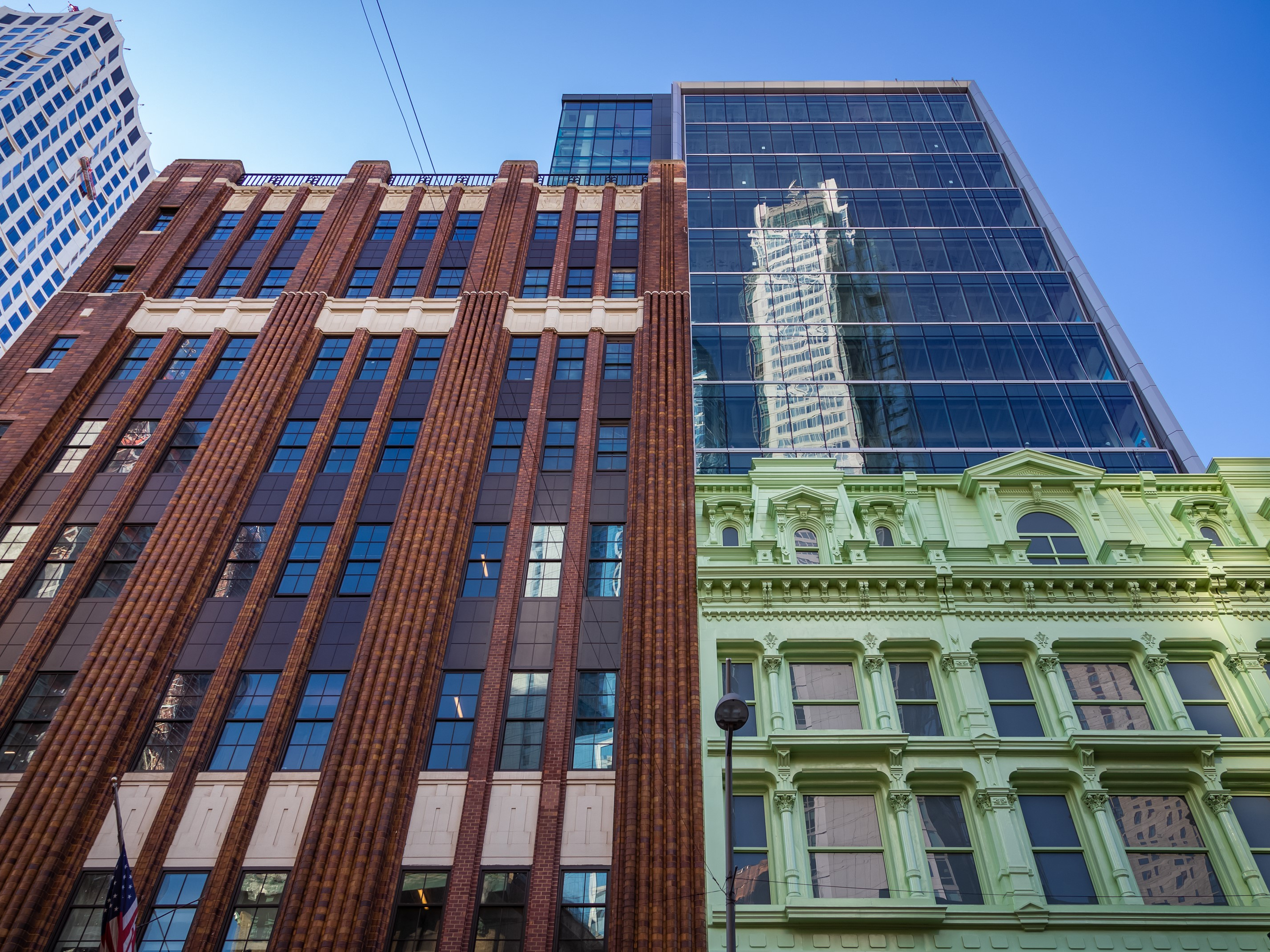
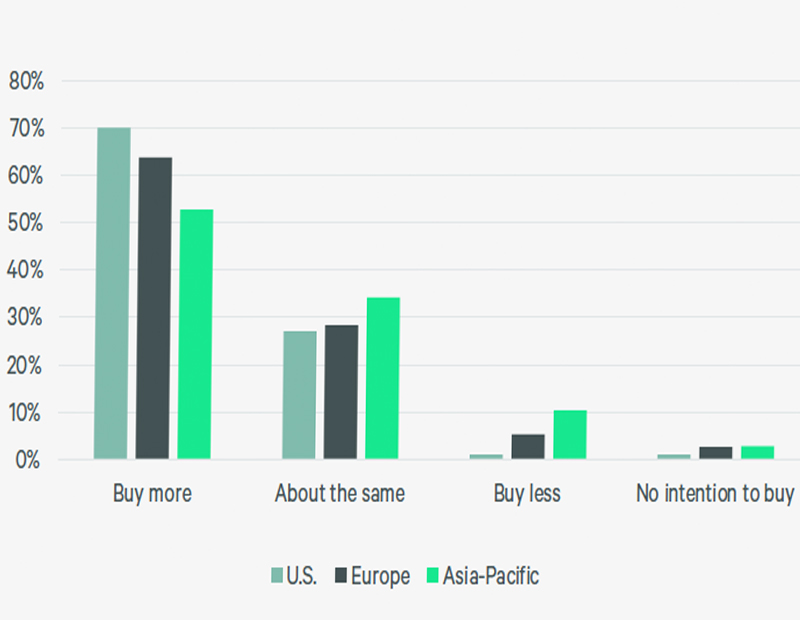

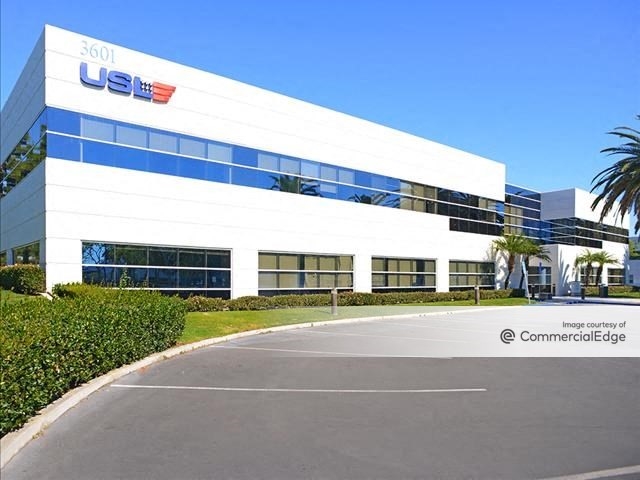
You must be logged in to post a comment.